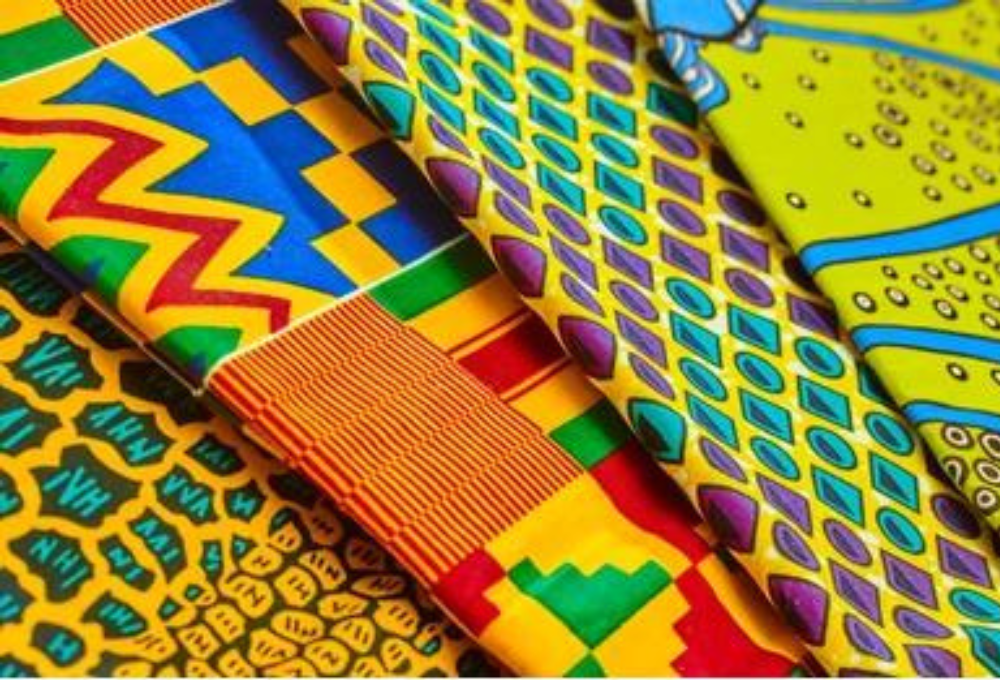Identifying quality African fabric involves examining several factors. Firstly, the authenticity of the fabric can often be determined by its weight and texture. Quality African fabrics, such as Ankara and Kente, are typically heavier and have a distinct texture when touched. They are also often hand-woven and made from 100% cotton.
Secondly, the vibrancy of the colours and the intricacy of the patterns can also be indicators of quality. High-quality African fabrics usually have bright, vivid colours that do not easily fade, and elaborate, unique patterns that are well defined.
Lastly, the reputation of the seller or manufacturer can also provide insight into the quality of the fabric. Established sellers or manufacturers are more likely to provide high quality, authentic African fabrics. Therefore, it’s always a good idea to do some research and read reviews before making a purchase.
In addition to the previously mentioned factors, the price of the fabric can also be a good indicator of its quality. Authentic, high-quality African fabrics are often more expensive due to the effort and time that goes into their creation. However, a higher price does not always guarantee better quality, so it’s important to take other factors into account as well.
Another factor to consider is the fabric’s origin. Genuine African fabrics are usually made in countries like Ghana, Nigeria, and Senegal. Therefore, checking the fabric’s country of origin can help ensure its authenticity.
Finally, the feel of the fabric can also give you clues about its quality. High-quality African fabrics should feel soft and comfortable against the skin. If the fabric feels rough or itchy, it may not be of good quality.
In conclusion, identifying quality African fabric requires careful examination of several factors including weight, texture, colour vibrancy, pattern intricacy, seller’s reputation, price, origin, and feel. By paying attention to these details, you can ensure that you’re getting the best quality fabric for your needs.
African Fabric Supplier in Rajkot, Gujarat provides best fabric like Ankara, Kente, Khanga, Kaftan & Dashiki etc. at best price.
Read More:
What Is The History Of The Keffiyeh Scarf?
How To Care And Wash Your African Print Fabrics?
How Can I Find The Supplier Of African Printed Fabric In India?
What Is African Wax Print Fabric?
Where Can I Get Authentic African Fabric Supplier In India?


